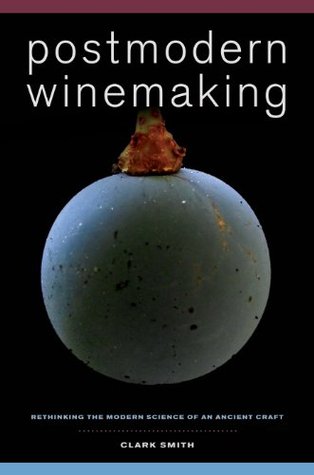The mechanism of oxidative polymerization was elucidated in 1987 by Vern Singleton, who found that certain phenols found in grape skins could take up an O2 molecule and become highly reactive, linking up to other phenols.1 Singleton discovered, bizarrely, that the starting structure gets re-created at the end of the reaction in an increasingly reactive form, available to react over and over, resulting in a cascading polymerization effect. The reaction is homeopathic: early introduction of oxygen actually increases the wine’s antioxidative power.
Welcome back. Just a moment while we sign you in to your Goodreads account.


